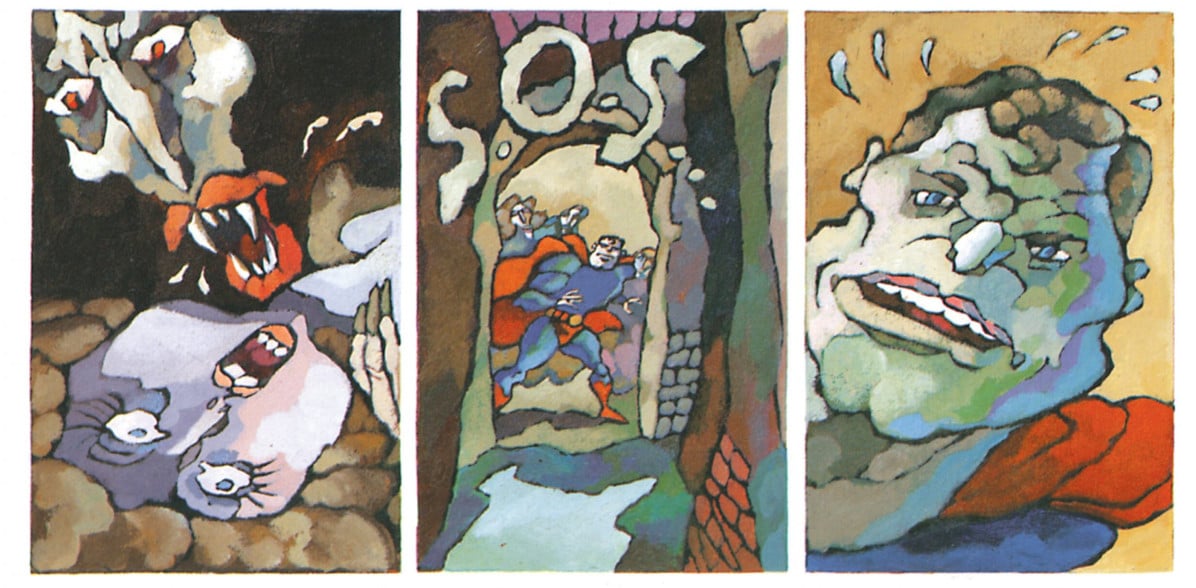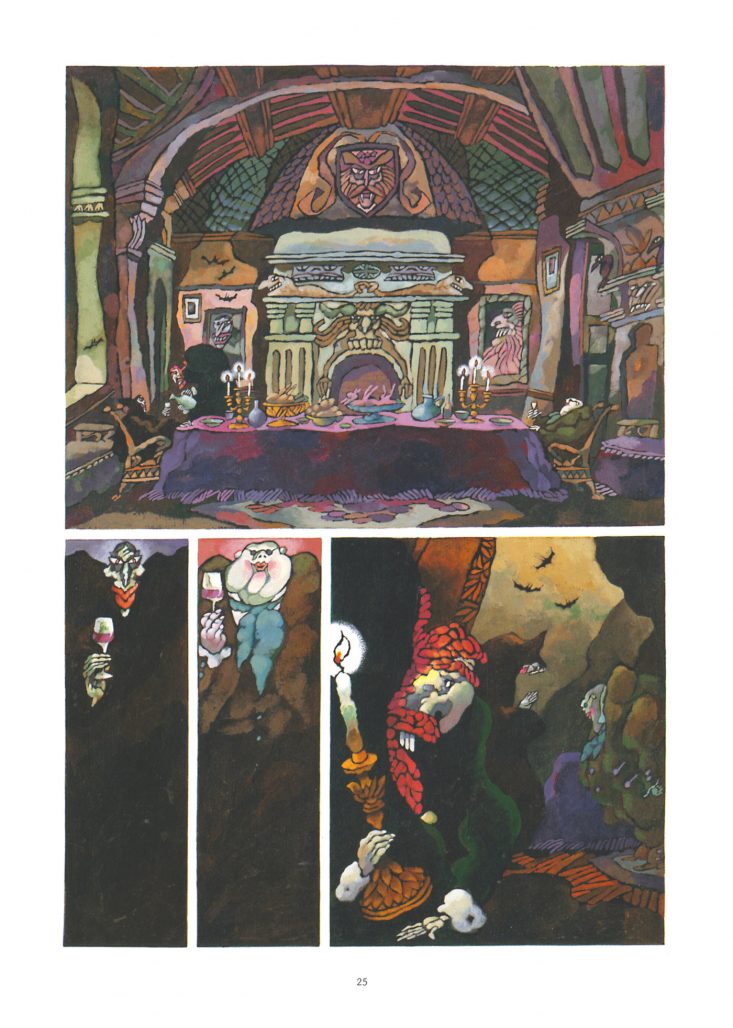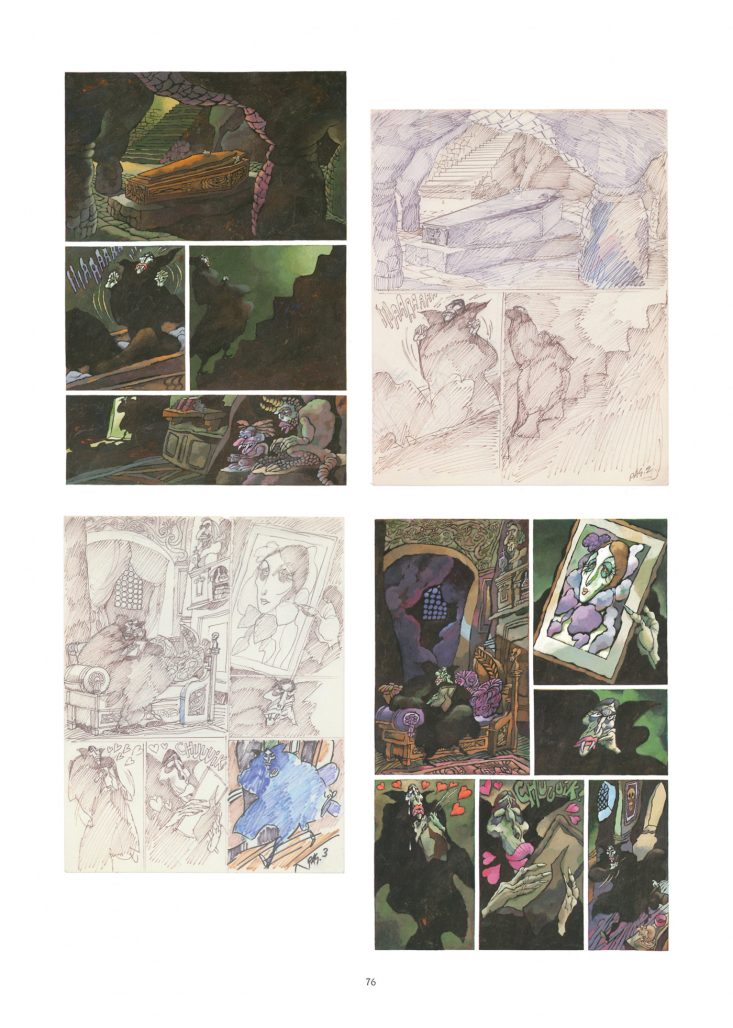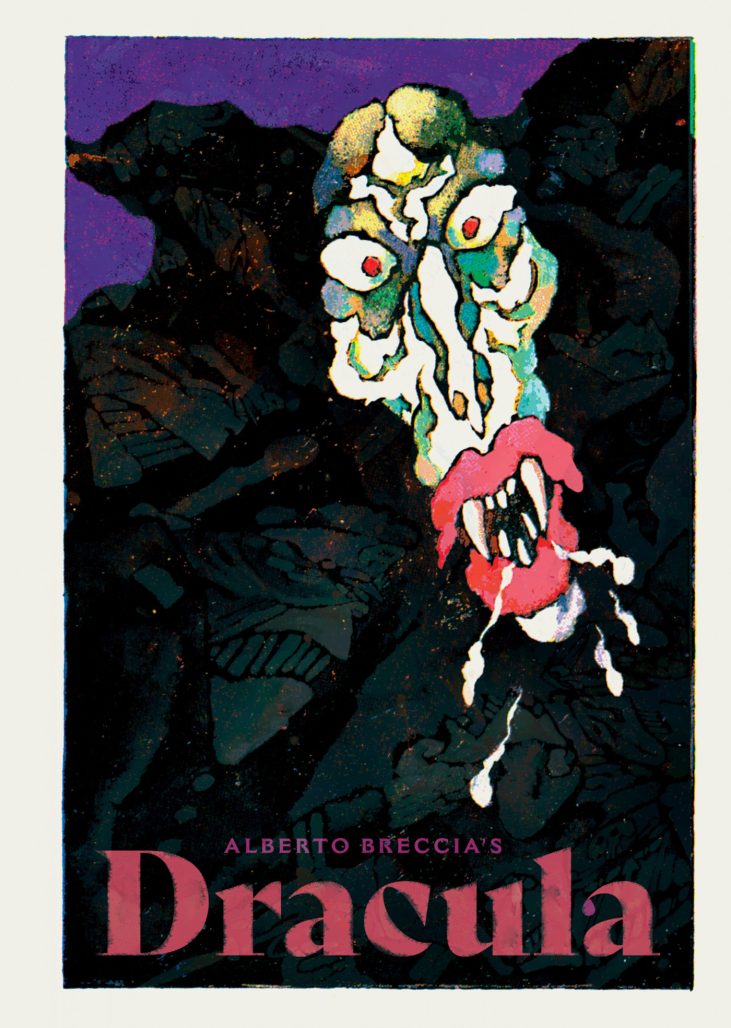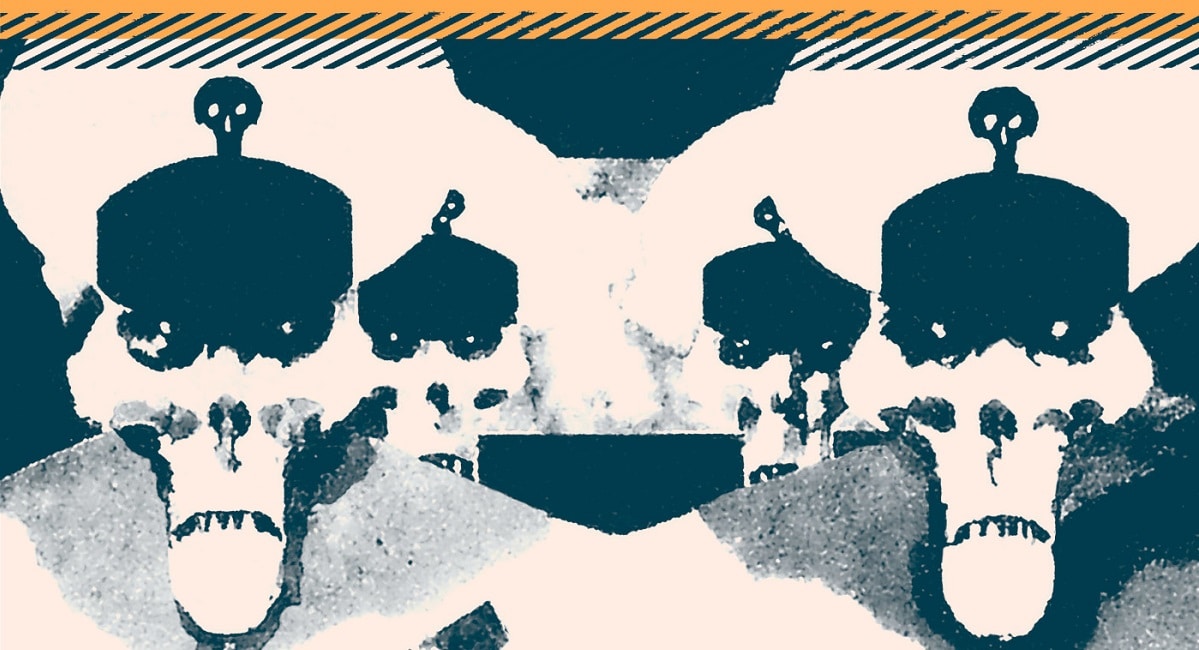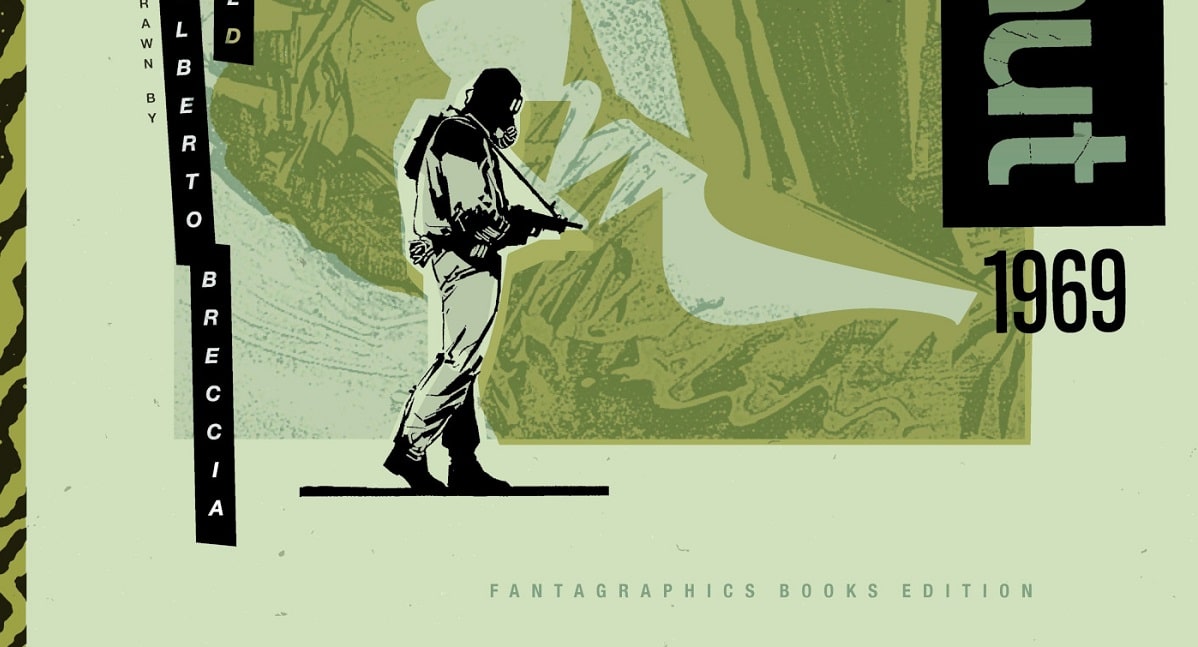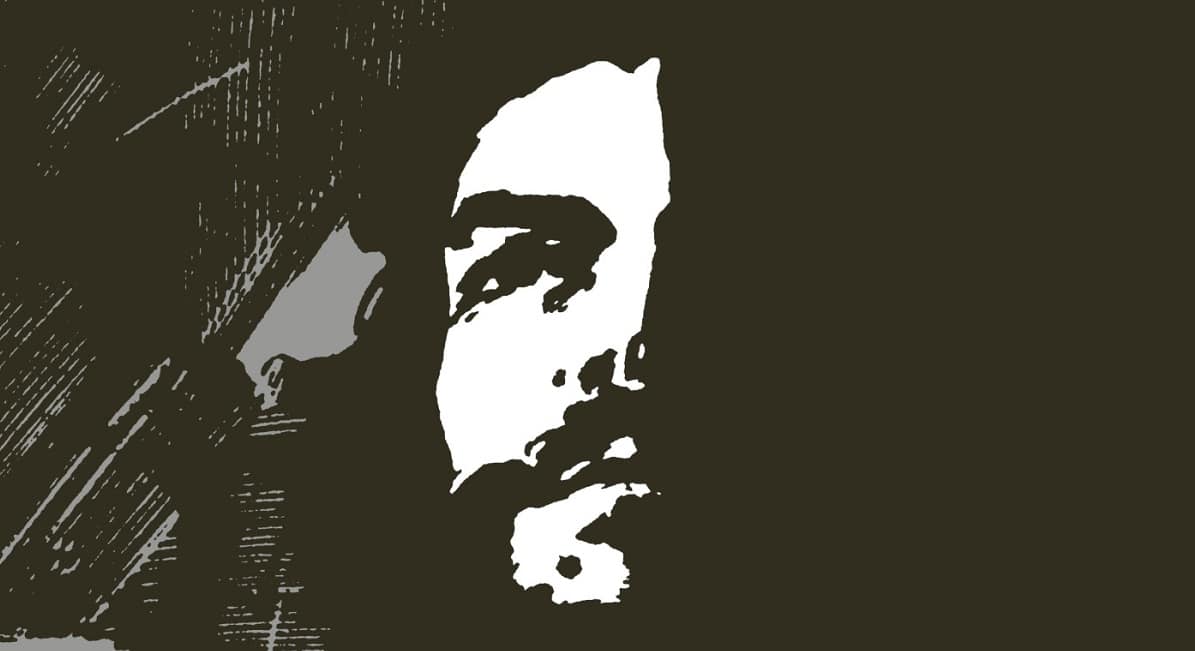I think it’s fascinating to see how an artist’s style changes and evolves.
How they incorporate different influences, techniques, and approaches to their art over time. Either for a specific subject or just for their own experimentation and growth. When at times it even looks like the work of someone else entirely. And how it informs on the subject matter of the story at hand. This is one of the things that is thoroughly enthralling about Alberto Breccia’s Dracula.
Where Alberto Breccia‘s experimentation in the late ’60s and some of the ’70s took him in a kind of expressionistic direction, incorporating darker shadows, harsh textures, and silhouettes, some of his projects in the ’80s took him in a more impressionistic direction. Rounded and exaggerated character shapes. Grey washes. Kaleidoscopic colours here. At times, to me, the level of detail in the texture is almost a balloon-like approach to Klimt.
Breccia’s Dracula is an interesting depiction. Unlike pretty much any other that you’ve seen. An old, decrepit parasite that’s almost pathetic. It’s interesting in contrast to the more rotund antagonists in the piece that seem to represent foreign interests in some of the pieces, an America exploiting the people of Argentina in various forms. In either a Superman who has been co-opted or peddlers of influence symbolized through commercialism.
These mostly silent stories sometimes darkly funny. The first piece collected here, “The Last Night of Carnival”, actually reminds me of the Hellboy short story, “The Vampire in Prague”, by Mike Mignola and P. Craig Russell. Most of the five stories collected here ending with some kind of humorous twist.
It’s here again though that the supplementary material gives greater understanding for Breccia’s work during this period. The essay, Old Blood, by Daniele Brolli is invaluable in detailing the political state of Argentina in this time period of the early ’80s and how it impacted Breccia. The stories can certainly be enjoyed on their own, but I very much appreciate the broader picture. They become more than just entertaining shorts.
The Fantagraphics edition also includes a sketchbook gallery that showcases Breccia’s process for the pages. Like the changes in his style over the years, this gives a behind the scenes look at the stages of how he composed the pages. From rough scratchy thumbnails to more detailed, textured line art to the final coloured pieces. In some ways, it feels like the transition of different periods of his art in microcosm.
Overall, I find Alberto Breccia’s Dracula enjoyable on multiple levels. It’s a singular vision from Breccia as both writer and artist. It’s a collection of funny horror stories. It’s a beautiful demonstration of an artist’s growth of style over the years. And it’s an encapsulation of unique sociopolitical commentary during a particularly dark time in Argentina’s history.
Classic Comic Compendium: ALBERTO BRECCIA’S DRACULA
Alberto Breccia’s Dracula (The Alberto Breccia Library – Volume 4)
Writer & Artist: Alberto Breccia
Publisher: Fantagraphics
Release Date: August 24 2021
Read past entries in the Classic Comic Compendium!



